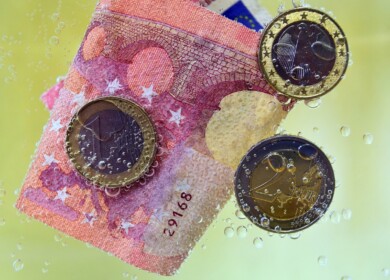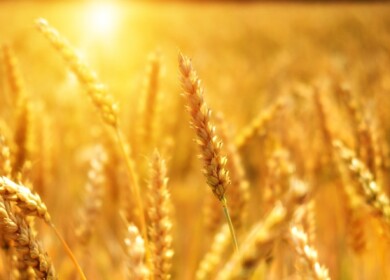Export of mineral fertilizers from Russia may recover in 2023

By the end of 2022, the export of mineral fertilizers from Russia may reach 32.7 million tons, which will be 15% lower than the result achieved in 2021 (37.6 million tons), the information and analytical service of Fertilizer Daily predicts.
The agency estimates that this year the export of nitrogen fertilizers may decrease by 11% to 13 million tons, phosphorus – by 12% to 10 million tons, and potassium – by 22% to 9.7 million tons.
The reason for the reduction in supplies is the sanctions against shareholders and managers of Russian fertilizer producers imposed by the authorities of the European Union and the United States. Due to them, Western banks do not transfer payments between Russia and its foreign partners, insurance companies do not cover export sales, and international logistics operators do not transport Russian products, even though sanctions generally do not apply to either Russian enterprises or their products.
As a result, shipments of mineral fertilizers abroad fell, pushing up global prices for fertilizers that were already at high levels due to previously established trade barriers in the US and the European Union. The fall in the production of mineral fertilizers in the European Union and China (the latter also suspended their exports) also contributed to price gouging due to the rise in energy prices in 2021-2022, as well as sanctions against Belarus.
Under the current conditions, farmers in almost all countries of the world faced a shortage of mineral fertilizers, which could not be fully compensated by supplies from the US, Canada, North Africa, and the European Union. Therefore, the Russian Fertilizer Producers Association (RFPA) requested the authorities of the European Union to issue a relevant resolution to guarantee importers that they will not fall under the sanctions legislation when interacting with Russian producers of mineral fertilizers.
“The Russian export of mineral fertilizers is gradually recovering due to the efforts of marketing and logistics services of domestic chemical companies and new transport routes, despite the inflated freight rates of sea ships and other difficulties,” Fertilizer Daily notes. “Therefore, in 2022, the supply of mineral fertilizers to the global market may decrease by 15%, fully recovering only in 2023. But in monetary terms, in 2022 the export can reach $18-20 billion, having increased by 40-60% compared to 2021.”
Enjoyed this story?
Every Monday, our subscribers get their hands on a digest of the most trending agriculture news. You can join them too!














Discussion0 comments